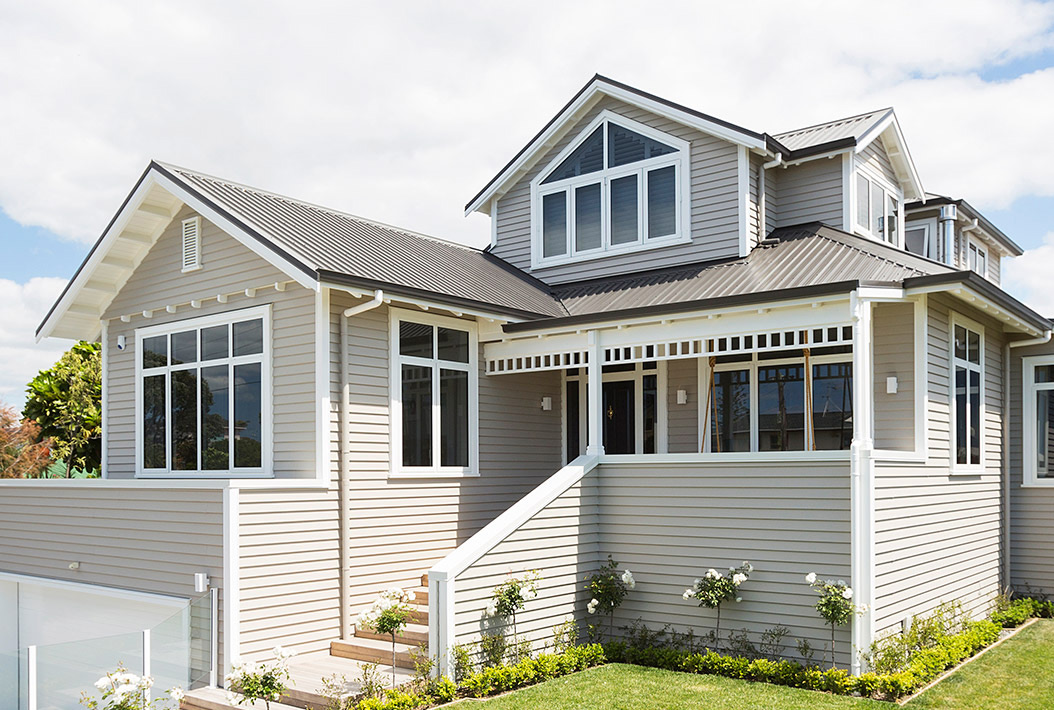Painting pre-primed weatherboards
22 May 2023, News, Product news, Prove Your Know How

Are you installing new pre-primed timber weatherboards at a client’s house? Make sure to read this handy guide, prepared by Master Painters New Zealand
PlaceMakers is a major supplier of Garrison pre-primed timber weatherboards to the New Zealand building market. These weatherboards have an advanced primer undercoat paint system applied to them before leaving the factory.
Claymark NZ has published guidelines for topcoat painting of these weatherboards, which can be found at www.claymark.co.nz. A synopsis of these guidelines can be found below.
However, before any painting of weatherboard takes place, check to see what the weatherboard supplier’s painting requirements are for the weatherboard to be painted.
Claymark NZ guidelines
- It is imperative that the weatherboards are checked with a moisture meter to ensure the moisture content is below 15%. (This is likely to be extremely difficult during the cooler months and in some locations around NZ. It is also at the very bottom of the range as prescribed in AS/NZS2311:2017, which is 14-18%).
- Do not use sealants or glues between the boards, particularly in the horizontal laps, as this may inhibit natural seasonal board movement.
- If weatherboards have been exposed to weather for any length of time without two quality coats of topcoat and/or the primer adhesion looks unsound, it is recommended to re-prime in accordance with AS/NZS 2311:2017.
- Remove all dirt, chalk or other contaminants before painting. All nail holes should be filled with exterior grade wood filler, then spot primed with two coats of premium topcoat exterior paint.
- Apply two full coats of 100% acrylic premium quality exterior paint with tannin-blocking properties as per paint manufacturer’s label instruction. You must use a paint with an LRV (light reflectance value) of greater than 45%. A matt finish or low sheen is recommended rather than gloss finish.
- The combined dry film thickness of the two topcoats should exceed 50 microns. A third topcoat of paint may need to be applied to ensure the minimum dry film thickness has been achieved across the entire weatherboard surface.
- Topcoats can be applied using a brush, roller or spray units. Spray may be either conventional or airless sprays. Ensure full coverage to specified film thickness is achieved. Ensure that the final coating is evenly applied on all surfaces of the boards.
Always remember that all preparation and painting works should be in accordance with AS/NZS 2311:2017 Guide to the Painting of Buildings.
Register to earn LBP Points Sign in
1 Comment
Leave a Reply
You must be logged in to post a comment.



interesting